The city of Hvar in Croatia is located on the island of Hvar, in the Adriatic Sea. The old town of Hvar is a medieval town with shiny stone floors, grand buildings and tall churches such as St Stephen's Cathedral. There's also a wide harbour promenade, and because it's car-free, it's a lovely holiday town with boats, palm trees and parties.
Table of contents
The island of Hvar in Croatia
The island is known as the lavender island because in June, when the lavender blooms all over the island, it becomes coloured. The old town has a nice atmosphere without cars and there are more gold and jewellery shops than food shops here in Hvar. The harbour promenade is wide and there are lots of boats among pine trees and palm trees with stone walls and restaurants and pubs.
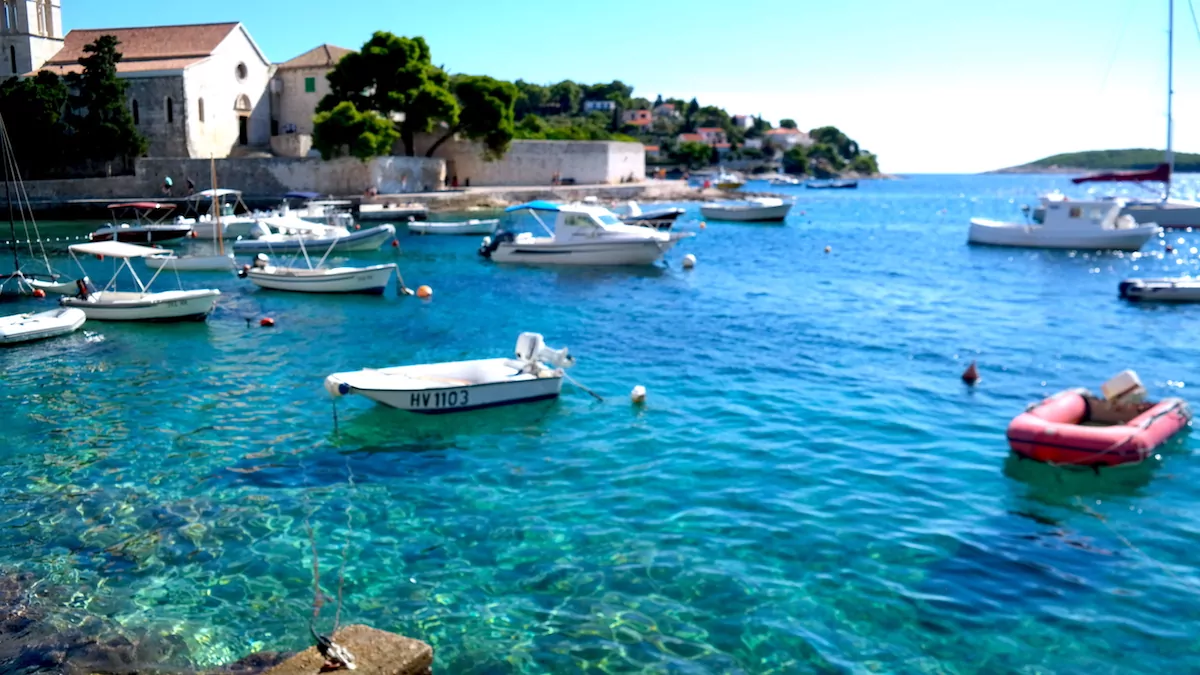
The town of Hvar is located at one end of the Adriatic Sea on the oblong island of the same name, which is pronounced 'Kvar'. Hvar has one of the largest populations with 11,000 inhabitants and is located in Dalmatia. There are over 300 hours of sunshine per year and the town is full of nightlife and jetsetters. From here it is close to the Makarska Riviera, but also to the neighbouring islands of Vis and Brac.
Holidays in the town of Hvar on the island of Hvar
The tourist town of Hvar is a medieval town and the old fortress with its city walls sits at the top of the hill and boasts. St Stephen's Cathedral is in the old town. Off the island are 20 small romantic islands with small sandy beaches that protect the island from the weather. Explore the town with all the small alleys, charming little bars, shops and restaurants.
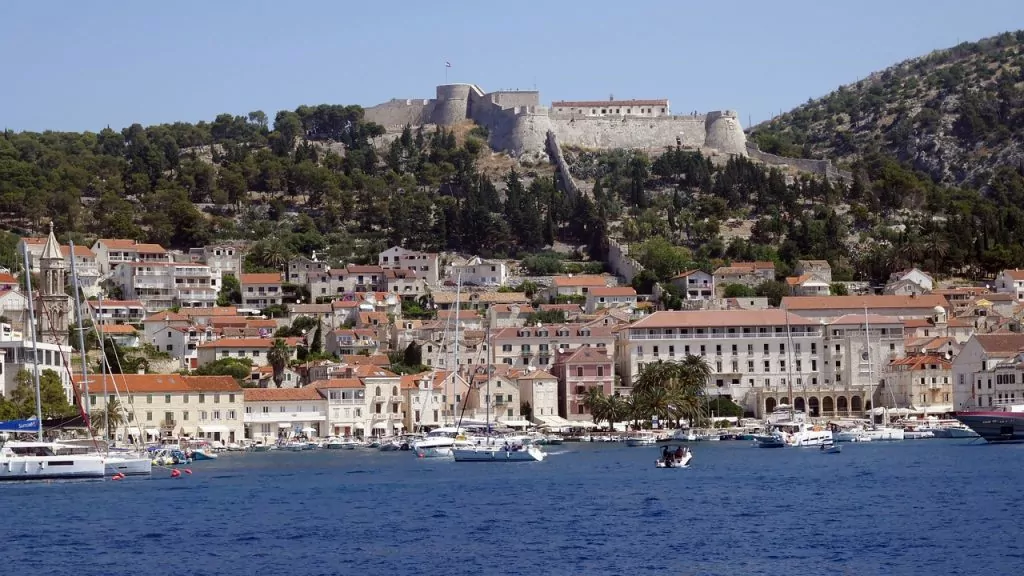
St Stephen's Square
Built around a huge square of about 4500 m2, St Stephen's Square is one of the largest squares in Croatia. Walking on polished stones dating back 2000 years feels like being in someone's living room. Here you'll find most things like the old theatre, the cathedral, shops, restaurants and the square takes you down to the charming harbour which is the major attraction of the town of Hvar.

St Stephen's Cathedral
The Cathedral of Hvar or St Stephen's Cathedral as it is also known is a Gothic church from the 14th century. The bell tower is 4 storeys high and was added in the 17th century.
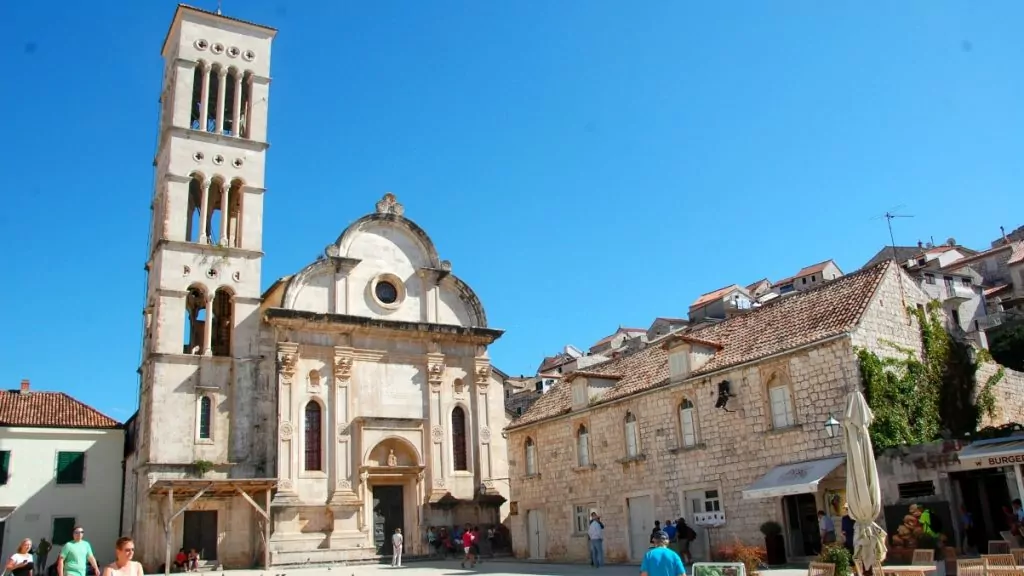
Where Arsenal & theatre
In the corner of the square facing the Adriatic Sea at the harbour you will find the Hvar Arsenal & Theatre. It was built in the 14th century to repair galleons and had high ceilings. The Ottomans destroyed the building, but it was rebuilt in the 17th century, creating a theatre on the upper floor, which today is one of the oldest city theatres in Europe.
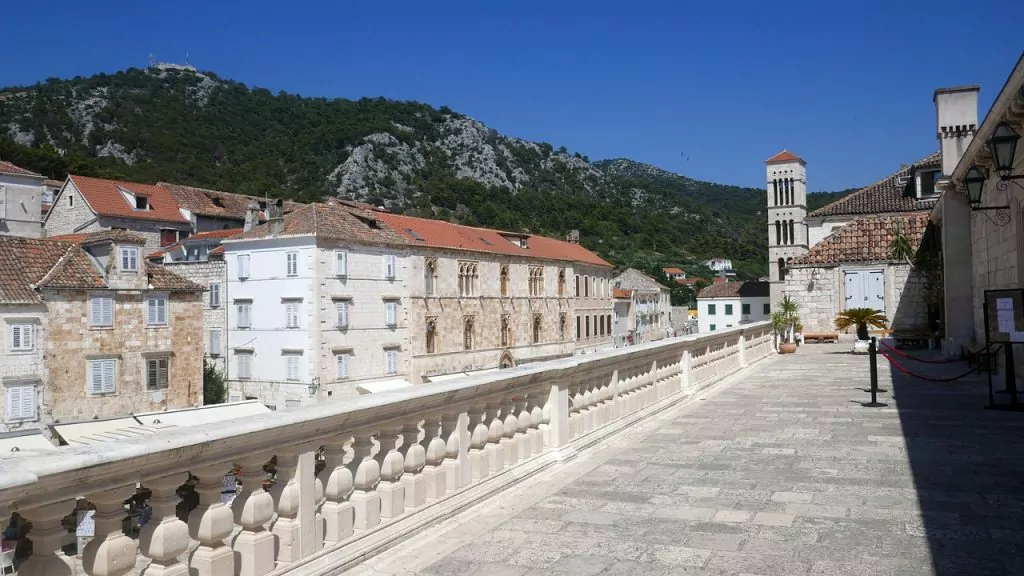
Fortica
High on a hill above the town of Hvar is Fortica (Spanjola), the fortress built in the 17th century. The fortress also offers a panoramic view of the entire town, harbour and sea for selfies and sunsets. From the square in the north, pass the Capital Gate or Porta di datallo (Data Gate) and walk up the stairs through the old part of the town.
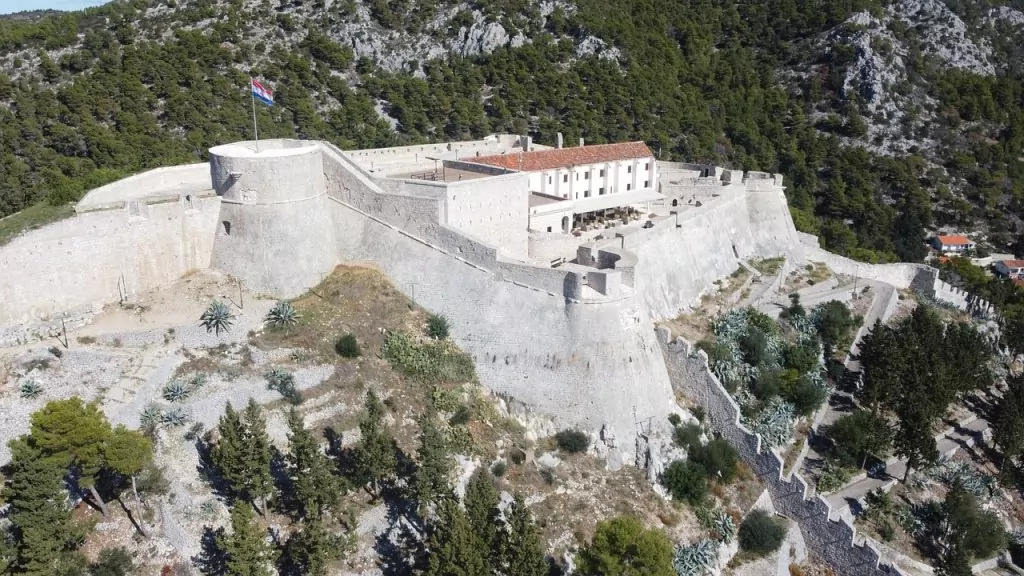
Fort Napoleon
The Napoleon Fort in Hvar was built in 1812 at the top of the 230 metre hill. You can expect an hour and a half to walk the entire distance and pass the fortica Spanjola on the way up, but what better way to get the best selfie or sunset. Rent a vehicle and drive up!
Monastery
There are two monasteries to visit in Hvar; the Franciscan Monastery and the Benedictine Monastery. The Franciscan monastery is located in a bay with clear blue waters and has a museum. The Benedictine monastery is located in the direction of the Fortica fortress and here you can admire the beautiful lace woven by the nuns.
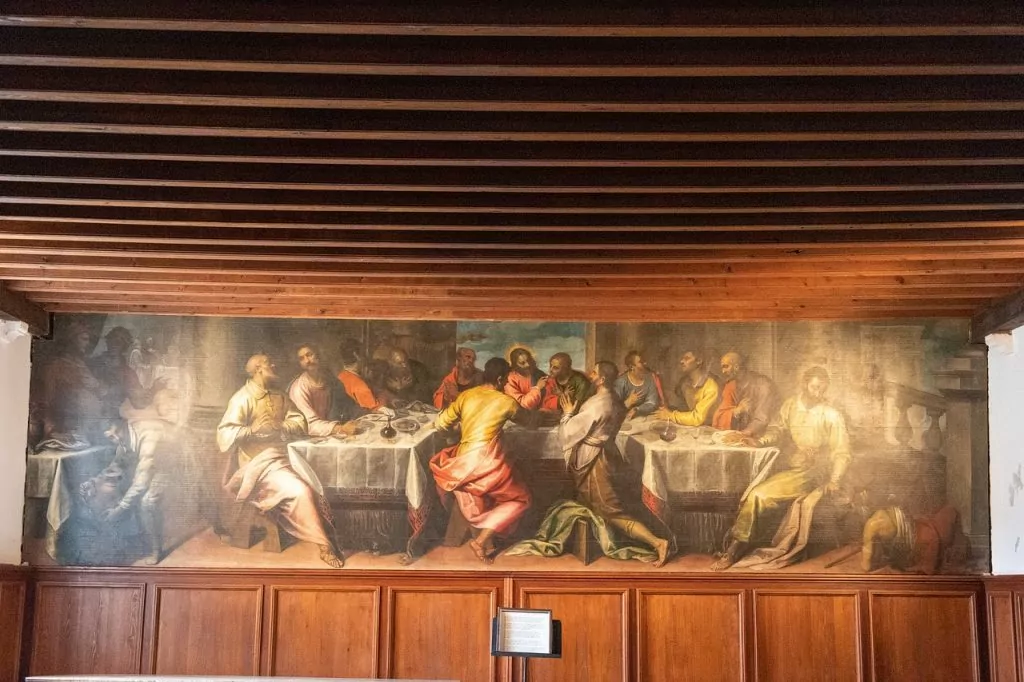
Market in the town of Hvar
The outdoor market between the station and the square in the town of Hvar offers fresh vegetables and freshly picked fruit. In the harbour along the promenade there is lavender as it is grown on the island and then sold at the market, it smells fantastic. Why not buy some lavender oil or dried lavender to take home with you.
The harbour promenade
In the town of Hvar, the harbour is the centre of attraction for local fishing boats, sailing ships and yachts from all over the world. To soak up the atmosphere, sit down in a café or bar on the quayside and just enjoy the constant stream of people moving around the harbour area.
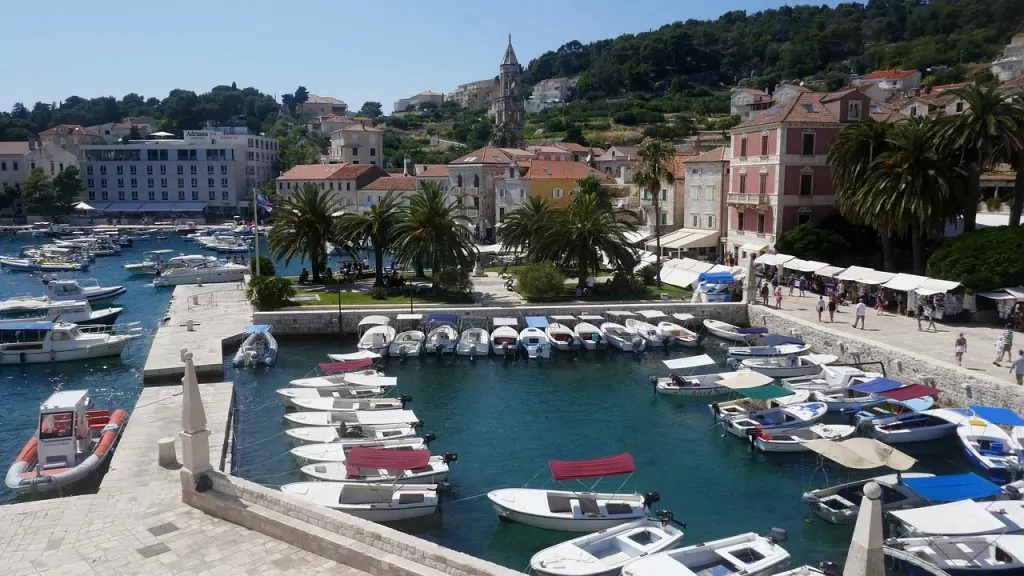
UNESCO Intangible World Heritage procession Za Krizen
Procession Za Krizen - On Maundy Thursday every year, six cross bearers from 6 villages on the island of Hvar are sent barefoot to carry crosses 25 km without resting, around to different villages. An old Catholic custom.
Sun and swimming around the town of Hvar and the island of Hvar
Wherever you go to sunbathe or swim, make sure you take plenty of water with you. Many beautiful beaches and coves do not have access to shops, so make sure you have water and something to eat. If you're going to the islands, hire your own boat to get around at your own pace.
- Pakleni Islands: Just outside the harbour in Hvar are the Pakleni Islands, where many people go to swim in one of the beautiful bays. Take the taxi boat 5 minutes during the day to the islands. One island Jerolim is a nude island with bars and restaurants. The nearest island Galesnik with the best view of the town of Hvar from the sea with a restaurant from an old army fortress.
- Island of Vis Where ABBA-the film was shot
- Island of Brac with a world-famous beach called Zlatny Rat.
- Green Lagoon and the green cave
- Blue cave on the island of Bisevo
- Below the Franciscan monastery is a small beach in Hvar.
- Pokonji Dol which is a pebble beach located in a bay within walking distance and where you can also rent sunbeds, pedal boats and canoes.
- Mekicevica is a naturist beach near hvar where you can go if you want to swim without clothes which is very common in Croatia.
- Mlini Milnais are two beaches and some of the most popular beaches on the whole of Hvar and it is about 3km from the centre. There are also restaurants where you can eat and buy water.
- Milna About 9 minutes by car from the town of Hvar you will find 4 beaches surrounded by pine forest where the pines offer also shady places.
- Dubovica Dubovica is located on the south side of the island about 11.8 km east of the town of Hvar and 4 km from the village of Milna. This is one of the largest and most beautiful sandy beaches on the island, located in a sheltered bay with restaurants nearby.
- Mina sandy beach in the village of Jelsa
- Mlaska in Vrboska is a sandy beach and there is also a naturist beach for those who want to swim naked.
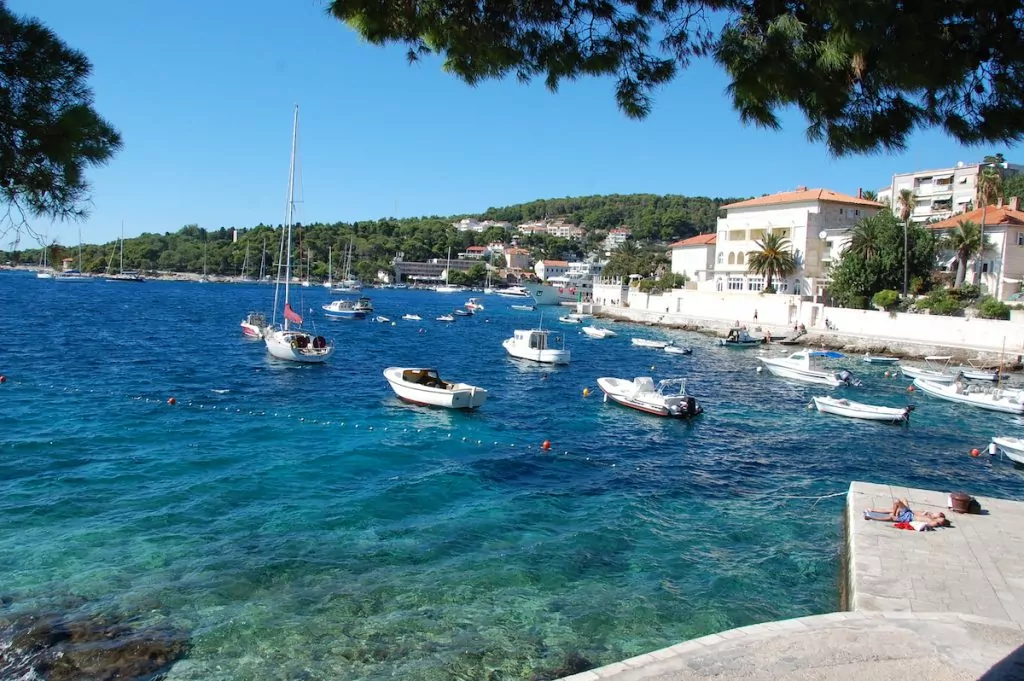
Nightlife on Hvar during your holiday
The beach club "Carpe diem" which you take a taxi boat to the island of Marinkovac with legendary parties, dj's, dance floors, bars, well, everything for a full night. Hula hula bar which is a 15 min walk from the town of Hvar and has a full house and lots of young people by the sea
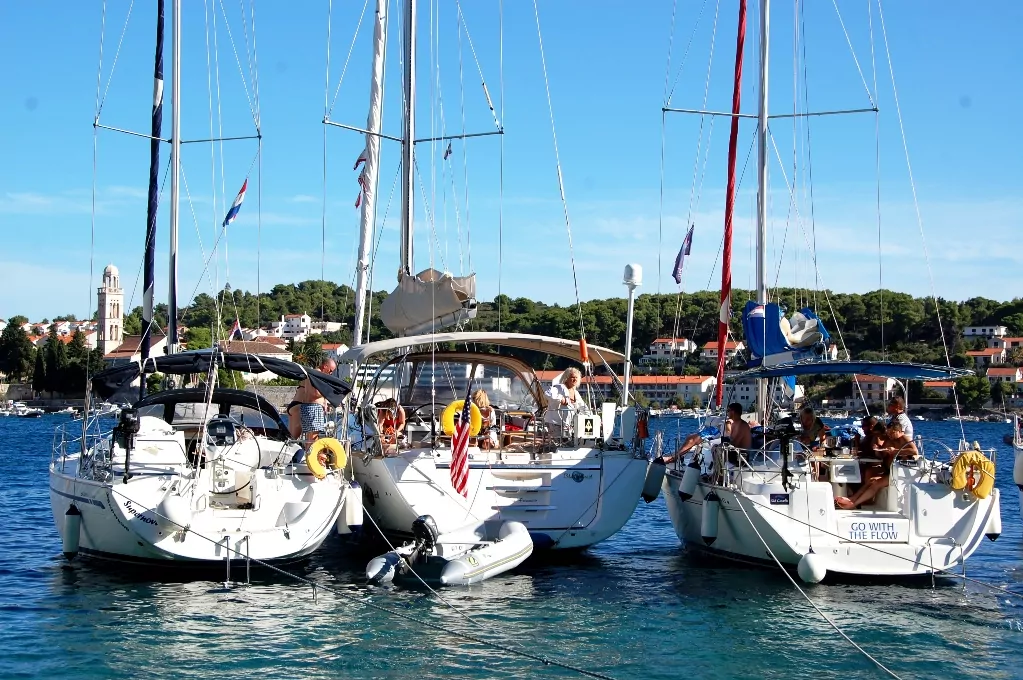
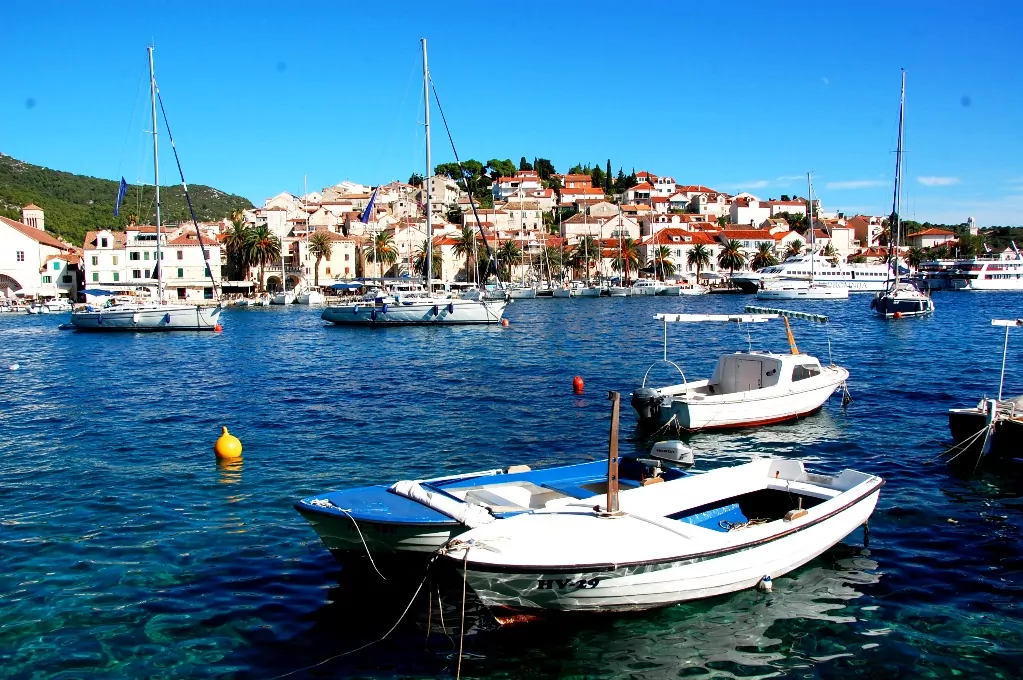
Stari Grad on the island of Hvar
Croatia's oldest town Stari Grad is located on the island of Hvar, in a small bay on the north-west side of the island. This historic town was founded by Greeks in 384 BC, then called Pharos. Today it is a town of narrow, charming alleys and squares.
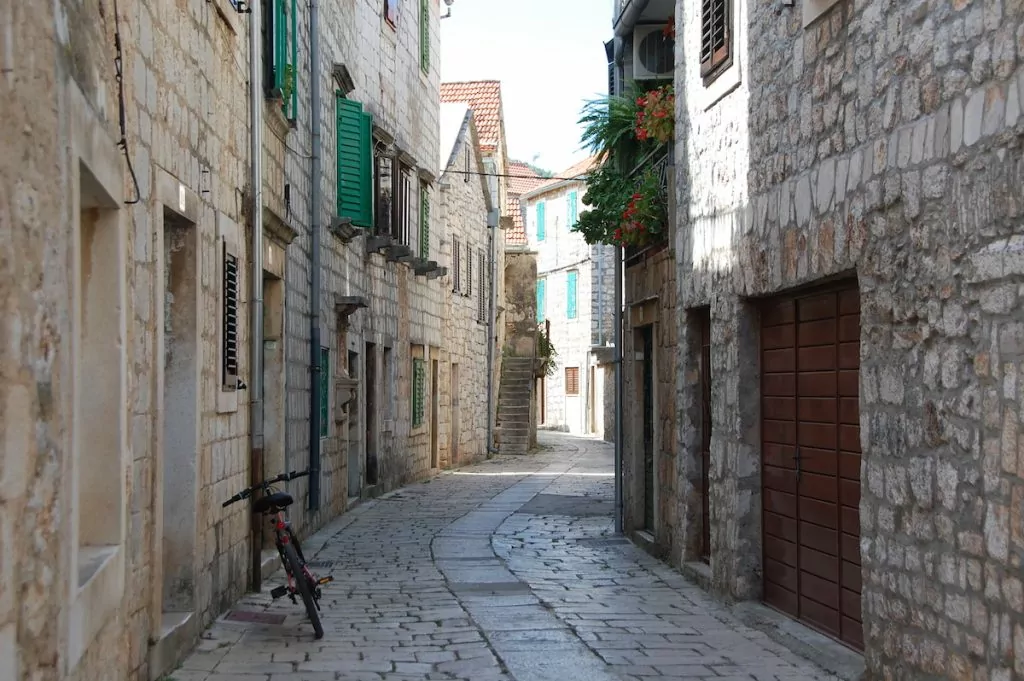
You can walk the harbour promenade all the way to Lanterna beach along the waterfront. The city is quiet and there is no night-time partying! Walking in narrow alleys and small squares like Petar Hektorovic square among restaurants, past the old St Stephen's church feels historic. Outside the city centre you'll find vineyards and olive groves. Look for the Kabal peninsula and bay that is a dream and Tito's caves at the tip.
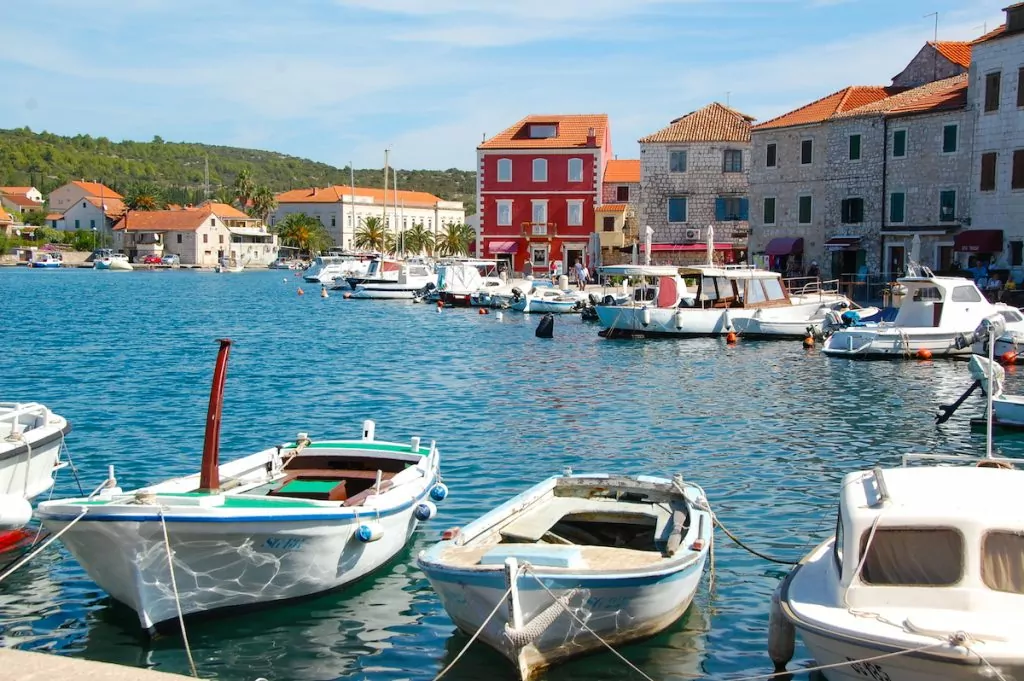
UNESCO World Heritage Site in the Stari Grad Plain
The island of Hvar is home to one of the 10 Unesco World Heritage Sites in Croatia. This World Heritage Site, the Stari Grad Plain, is a cultural landscape that has remained largely unchanged since it was colonised by the Greeks in the 4th century BC. At that time, grapes and olive here, and they still do.
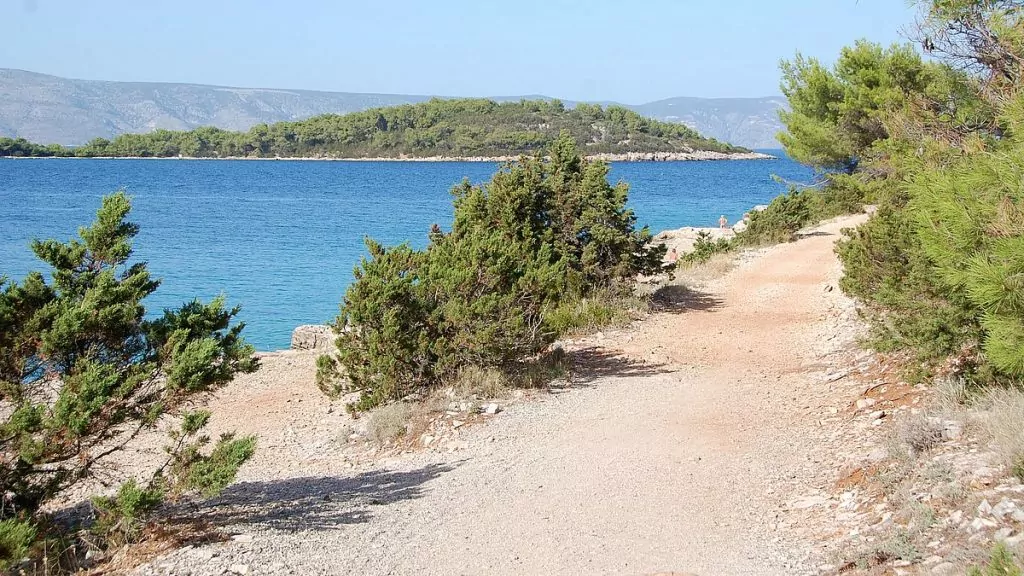
More attractions on the island of Hvar
Basina
The village of Basina is a very idyllic place on the island and is located in a bay on the north-east side of the island. It is surrounded by olive trees, lavender and the sea. Basina is great if you're travelling with children because of the peace and quiet and no city life.
Vrboska
Vrboska is called "little Venice" for its many charming bridges, Gotlandic houses, villas that provide a cosy atmosphere. Vrboska is a small town on the northern coast of the island and is located at the bottom of a deep fjord.
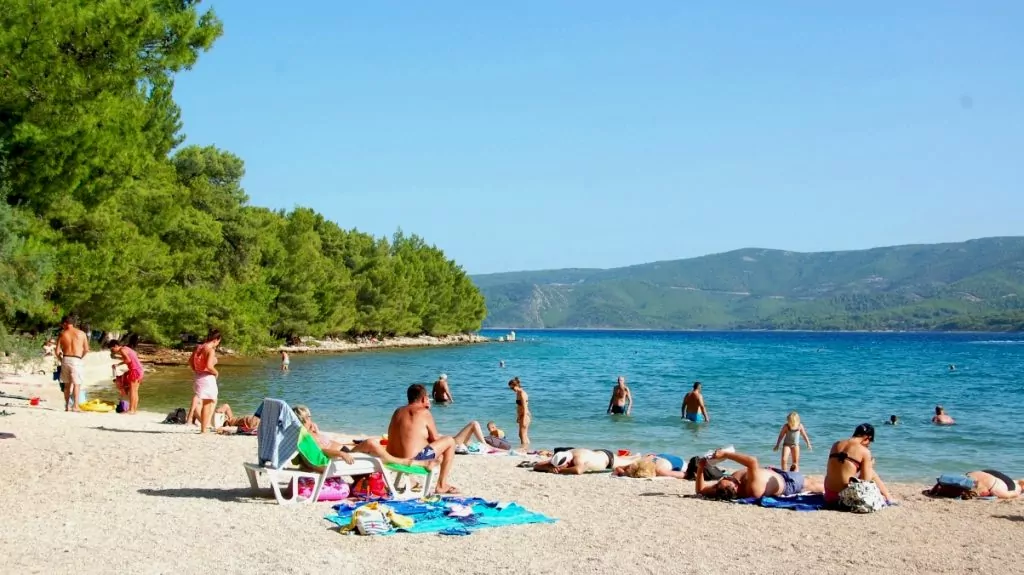
Jelsa
The town of Jelsa has grown into a popular tourist destination, a little quieter than Hvar, with both large classic hotels and smaller rooms for rent. The 14th century harbour was one of the island's most important fishing ports, with a square surrounded by restaurants, small shops and old Renaissance houses. Visit the family-run ice cream parlour Eis Caffe in Jelsa, which was established in 1962 and is still very popular. The Croatian ice cream is said to be the best in the world and you'll be sorry if you don't try it.
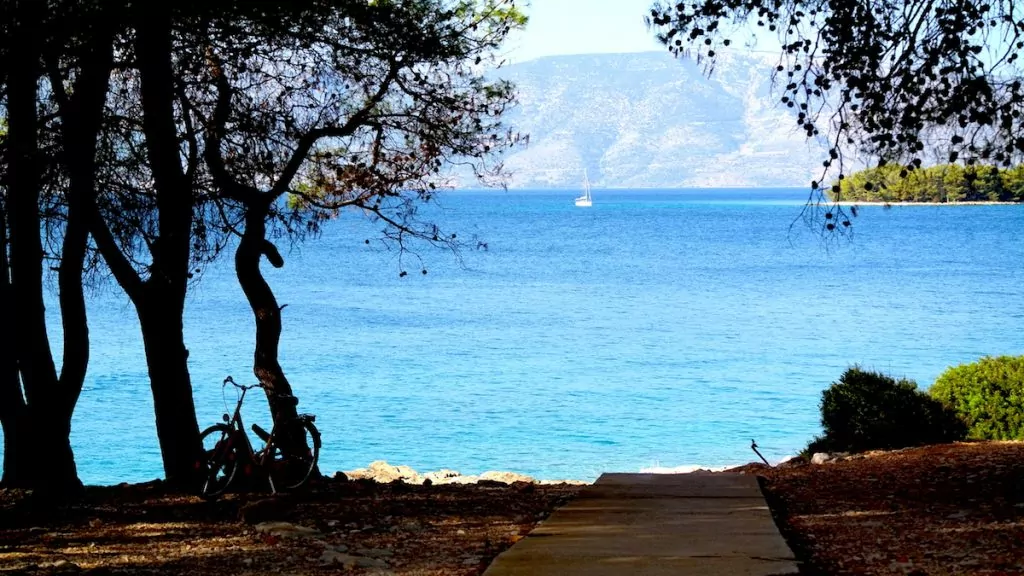
Milna
The village of Milna is located in a sheltered bay and has two of the finest beaches on the island. There are also nice restaurants here, but the village doesn't have much nightlife, so this is the place to come if you want to relax and get away from the city centre.
Gdinj
If you want to stay in a quieter area, Gdinj is located in the centre of the island. Gdinj is a small town surrounded by green hills, olive trees, lavender and vineyards. Here you can rent a house or an apartment.
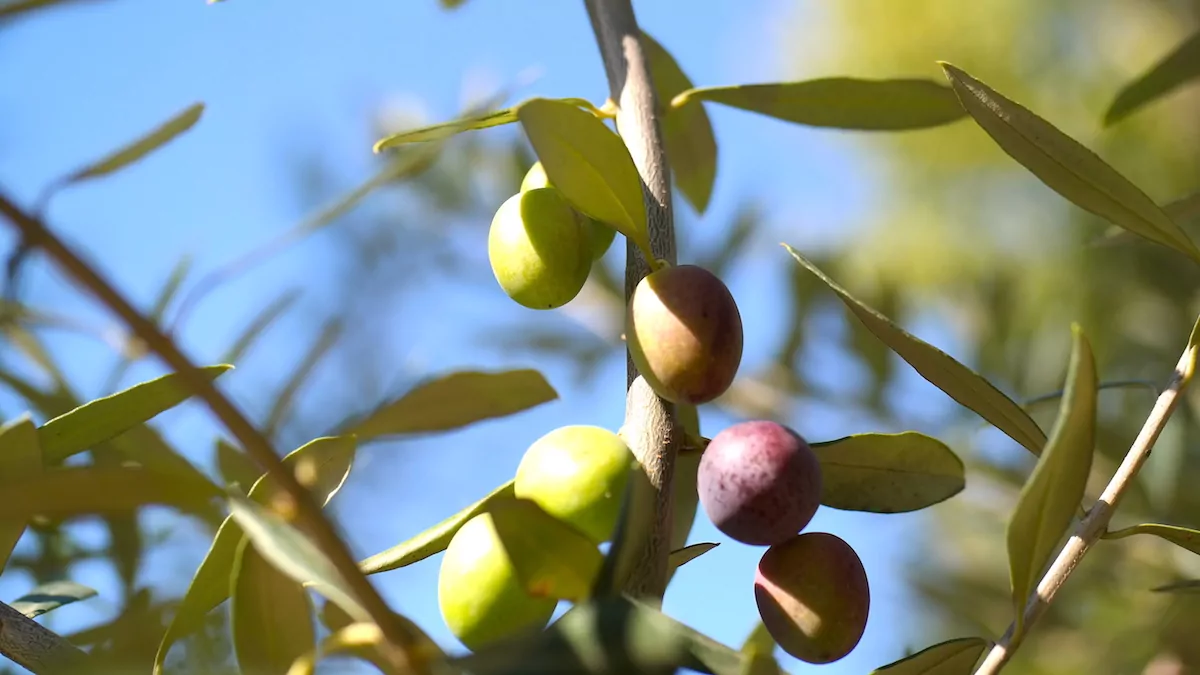
Accommodation in the town of Hvar and the island of Hvar during your holiday
Accommodation
There are plenty of hotels and bed & breakfasts around the town of Hvar in various price ranges. You can also find hostels, apartments or small houses for rent on the island.
Campsites
Nudist camp Vrboska, where we stayed when we were here for a few weeks with a campervan.
Camping Vira is located a bit outside Hvar. This is a fresh, nice and quite hilly campsite with water views in several directions.
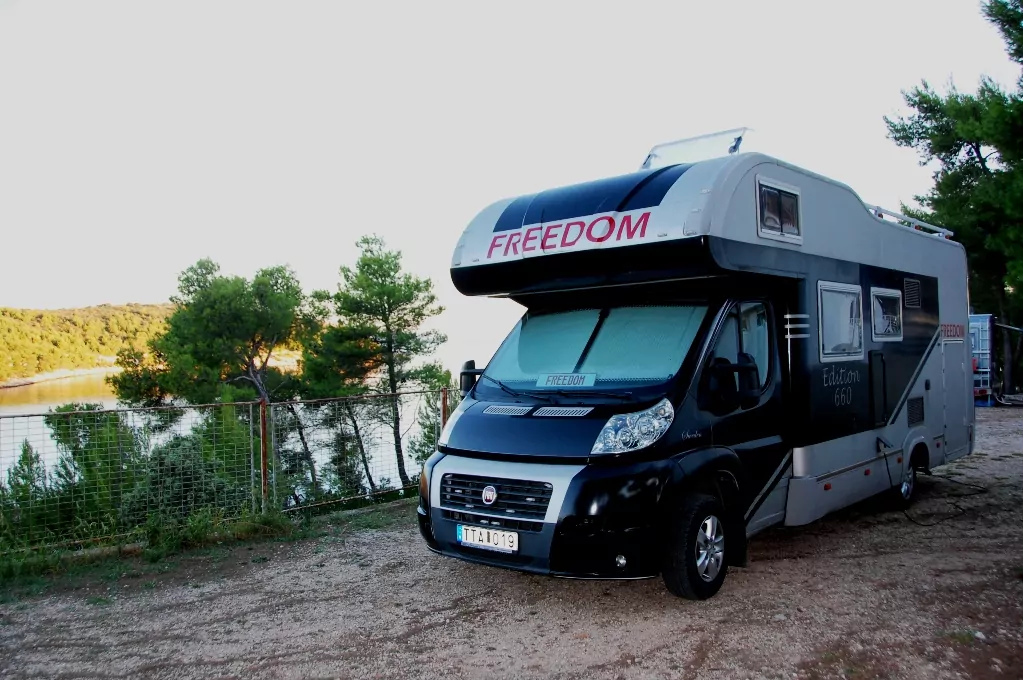
Excursions from the island of Hvar to the mainland
On the mainland, you won't want to miss the historic city of Split, nor Trogis or Omis.
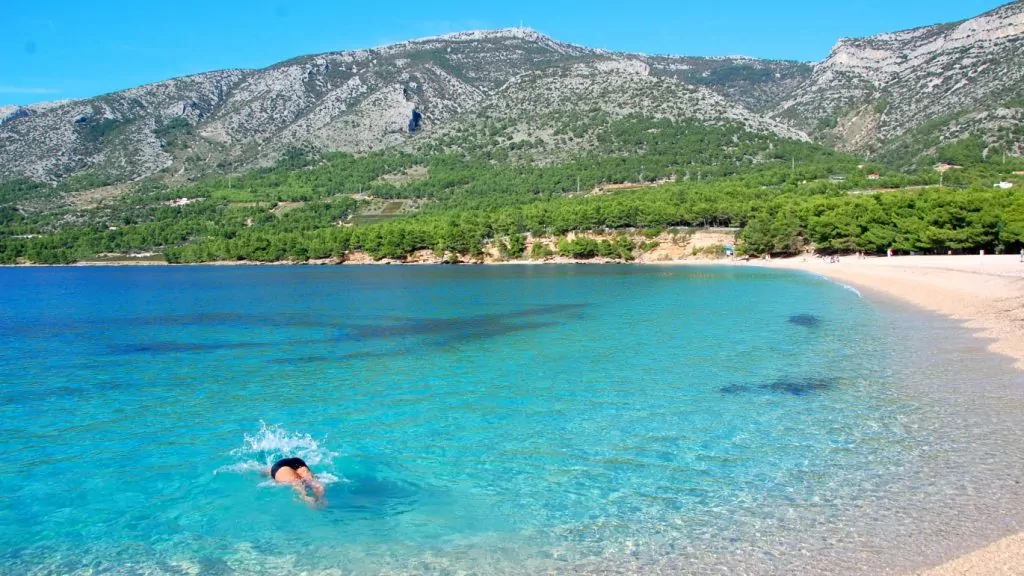
Travelling to Hvar and the island of Hvar
Hvar by ferry from Split to Town of Hvar the ferry takes about 1 hour 5 minutes with the ferry company Jadrolinija. If you haven't bought a ticket online before, you can buy it in the harbour, but be prepared to wait several hours in high season. There are several ferry companies as well as speedboats (catamarans) if you want them.
Dubrovnik to Hvar you can ride catamarans and speedboats.
The small town of Drvenik by car ferry on the mainland to Sucuraj on the island of Hvar, which is the shortest ferry crossing. The ferry takes only 35 minutes and is located 25 km south of Makarska.
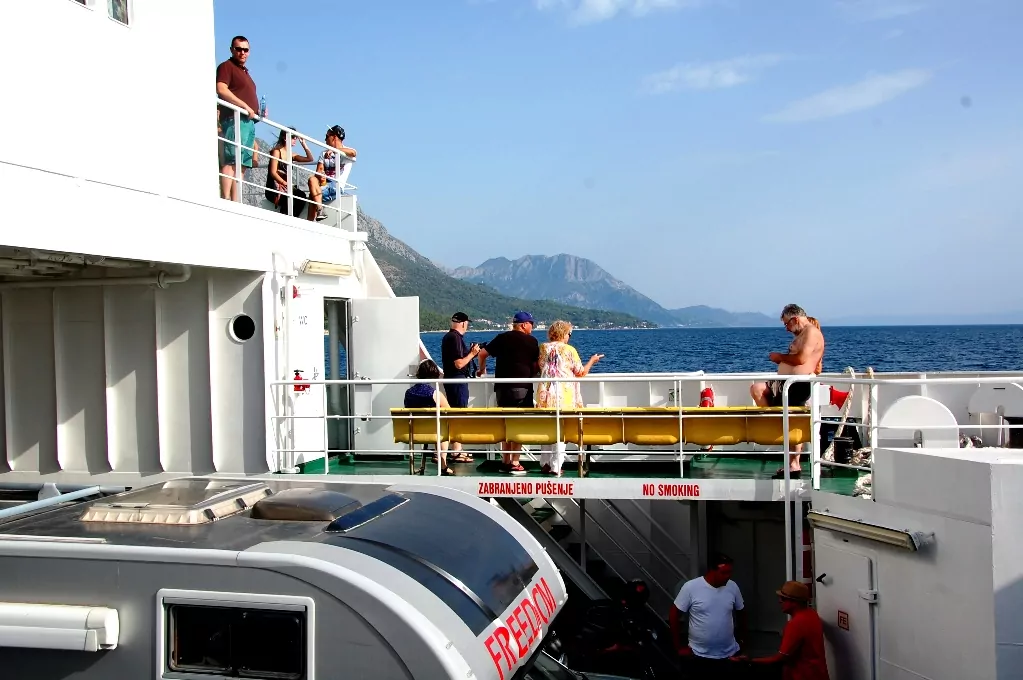
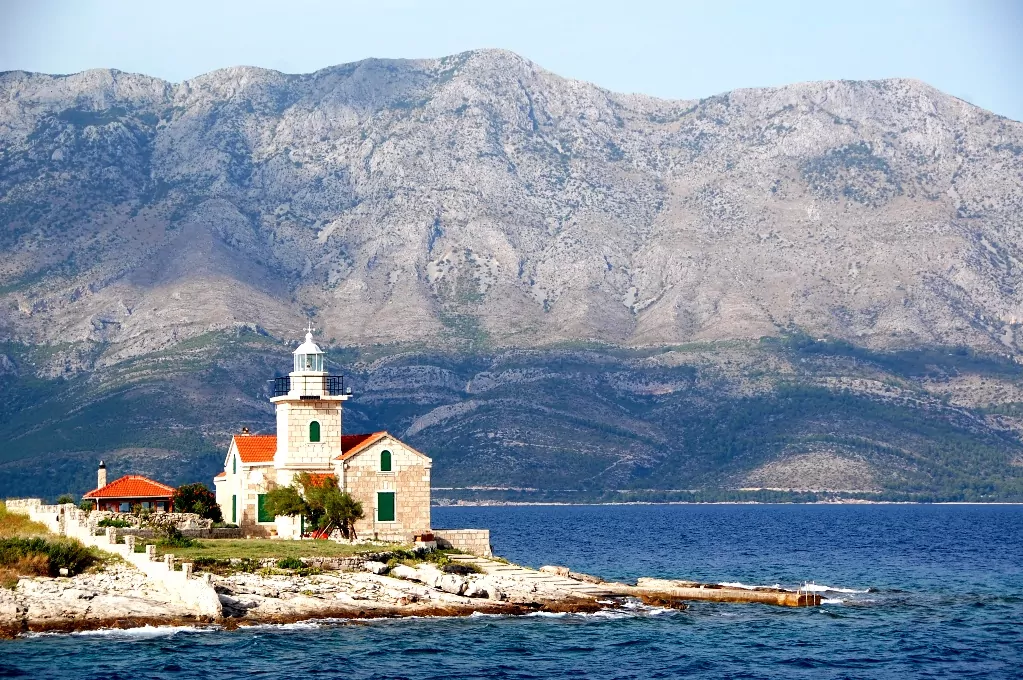
Food in Croatia
The Croatian food is very good and is served as lunch between 11.00 - 15.00 and dinner opens around 18.00 - 23.00. Food is a bit cheaper than in Sweden while alcohol is much cheaper. Try something new from Croatia during your holiday in Brac.
- Cevapcici - spiced minced meat patties
- Dalmatian Pasticada - veal stuffed with bacon and garlic cooked in red wine
- Aivar - paprika, used as an accompaniment to various meat and minced meat dishes.
- Gregada - Dalmatian fish dish of various fish with potatoes cooked together
- The cold cure - Dalmatian proscuttio and cheese
- Pršut - air-dried smoked ham
- Paski sir - aged good cheese from the island of Pag
- Truffles - in Croatia there are both black and white truffles
- Oil - Own beer at Black lane craft bar
- Prosecutor - domestic dessert wine from Hvar
- Rakija - Local flavoured spirits
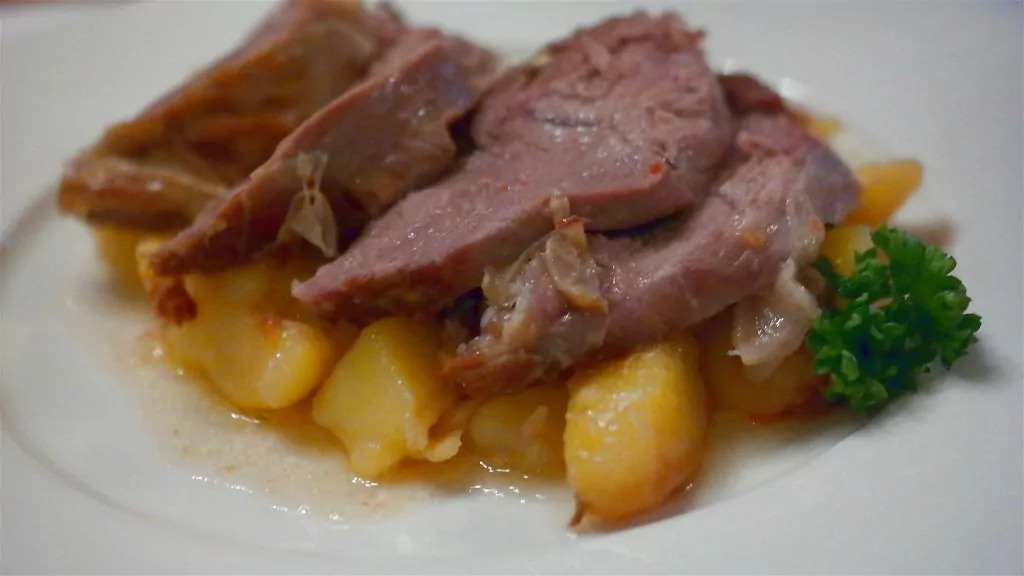
More tips for your holiday in Croatia
Water (voda) can be drunk directly from the tap throughout Croatia.
Most beaches are shingle or pebble beaches and bathing shoes are recommended.
Getting around the island is by local buses, which often fill up quickly in high season. If you're not going too far, you can rent a bike or moped in the town of Hvar, but be careful as the roads are a bit narrow. Rent a quad bike if you are going down to small private bays instead of a car.
Labin in Croatia - on a motorhome trip around Istria
Labin in Croatia is a charming town on the eastern side of Istria. We started with an early...
Chocolate festival in Croatia - with chocolate massage in Opatija
Now we have experienced a real chocolate festival in Croatia, in the beautiful coastal town of Opatija. Just everything...
National parks in Croatia - 8 lovely oases
National parks in Croatia! If there's one place in the world where we've seen beautiful national parks, it's...
The world's smallest city - Hum in Croatia
Hum in Croatia is the smallest city in the world. We went to the small mountain village located on...
Unesco World Heritage in Croatia - 10 natural and cultural heritage sites
Have you seen any of the Unesco World Heritage Sites in Croatia? There are currently 10 of them, and...
A huge campsite in Pula: camping Brioni
Right now we are standing, almost alone, on a huge campsite in Pula. Most campsites in...
Rovinj in Croatia - lovely medieval town in Istria
Rovinj in Croatia is a lovely medieval town on the Adriatic Sea in Istria. Here you can stroll...
Vrsar in Croatia - small town with big surprises
Vrsar in Croatia is located on the west coast of Istria and is a medieval town where we visited a real...
Makarska Riviera in Croatia - a holiday paradise
Updated 2023 - The Makarska Riviera in Croatia stretches just over 53 kilometres, from Brela in the north...
Camping on Brac in Croatia - cosy at Kito
We have found a nice campsite on Brac in Croatia. On this island there are...
Christmas in Split - spending Christmas in Croatia
This year it was Christmas in Split for us. We love this amazing Croatian city...
Zaton Holiday Resort in Croatia - with extra everything
Zaton Holiday Resort is a holiday resort and a campsite in Nin, Croatia with extra everything....
Sights of Brac in Croatia - tour by car
Sights on Brac in Croatia! Brac is a beautiful island in the archipelago off Split in the Adriatic....
Good restaurant on Brac - good lamb at Kopacina
We can recommend a good restaurant on Brac - experience really good lamb at Kopacina!....
Istria in Croatia - 9 wonderful places to visit
Istria in Croatia offers charming cobbled streets, historic towns and a crystal clear sea. We've visited...
Zagreb in Croatia - sights and 12 things to do
Zagreb in Croatia is a cosy and interesting capital city. Here you can experience everything from ...
Porec in Croatia - holiday resort in beautiful Istria
We visited Porec in Croatia. Perhaps you are getting tired of pictures of charming villages and...
Facts about Croatia - 30 things you (might) not have known
Today, we're giving you the facts about Croatia - 30 things you (maybe) didn't know. We...
What to eat in Croatia? - 20 Croatian specialities
What to eat in Croatia? We list 20 Croatian specialities and tell you about our experiences with...
Living and eating in Zagreb - restaurant tips
Eating in Zagreb? You can do it in the hustle and bustle of the Tkalciceva promenade in the city centre. Discover all...
The fruits of the sea and long traditions come together in Dalmatian cuisine.
Writer: Maria von Gegerfelt Croatia's second largest city, Split, is located on the coast of the Dalmatia region. The city...
Are Europe's clearest waters in Croatia?
The water in Croatia is crystal clear. Every time we come down to the beach we look and point....
Camping Marina in Labin - scenic campsite in Istria
Camping Marina resort in Labin is a fantastic campsite in Istria on the Adriatic Sea in Croatia....
Christmas market in Zagreb - Europe's best Christmas market
Have you ever thought about going to a Christmas market in Zagreb, Croatia? If not,...
Naturist beaches in Croatia
Croatia is probably one of the best destinations in Europe for sunbathing and swimming...
Shopping in supermarkets in Croatia
Grocery shopping abroad is always fun! What is it like to shop in supermarkets...
Restaurants in Split - our top restaurant tips
Restaurants in Split we can tell you about today! During our last visit to Split, we had time...
Things to do in Dubrovnik - 16 sights and experiences
What to do in Dubrovnik, Croatia? Dubrovnik is a fascinating city, full of interesting...
Paklenica National Park in Croatia
Paklenica National Park in Croatia is a dramatic park in a large canyon, listed as a UNESCO World Heritage Site...
By motorhome in Opatija, Croatia
We have now spent a few days in Opatija, Croatia. This is a charming little town with...
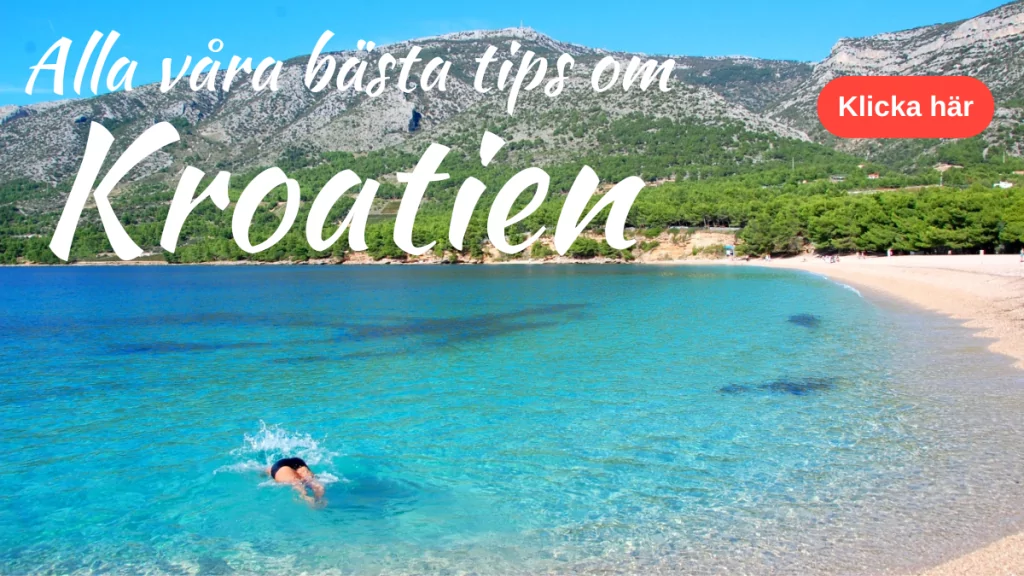
Facts about the town of Hvar and the island of Hvar
- Country: Croatia
- Region: Split-Dalmatia County
- Largest city: Hvar (fourth largest island in the Croatian archipelago)
- Highest point: Sveti Nikola 628 m
- The length of the island: 68 kilometres
- Language: Croatian (many also speak good English)
- Currency: Euro (from 1 January 2023, previously Kuna)
- Population: about 11 000
- Price mode: Slightly cheaper than in Sweden, but more expensive than neighbouring countries
- Climate: The Dalmatian coast has a Mediterranean climate with average daily temperatures of 23 degrees in May, 30 degrees in July and 25 degrees in September.
- Tourist information: TZ on St Stephen's Square
History
- Before 400 years BC the Greeks were the first to settle on the island of Hvar and where the town of Hvar is located today, the town was then called Dimos and the town of Star Grad was called Pharos.
- Year 300 BC the ferrets took over for a while
- Year 219 BC the Romans came and renamed Pharos to Pharia. They built a lot in the village of Jesla where you can find remains today.
- Year 1420 in the Middle Ages, the Venetian Empire ruled Hvar.
- Year 1797 the Austrians took over
- Year 1806 the French took over the island
- Year 1860 Austria took back the island
- Year 1918 the Italians took over the government and the island
- Year 1921 the island belonged to Hvar Yugoslavia
- Year 1992 it became Croatia


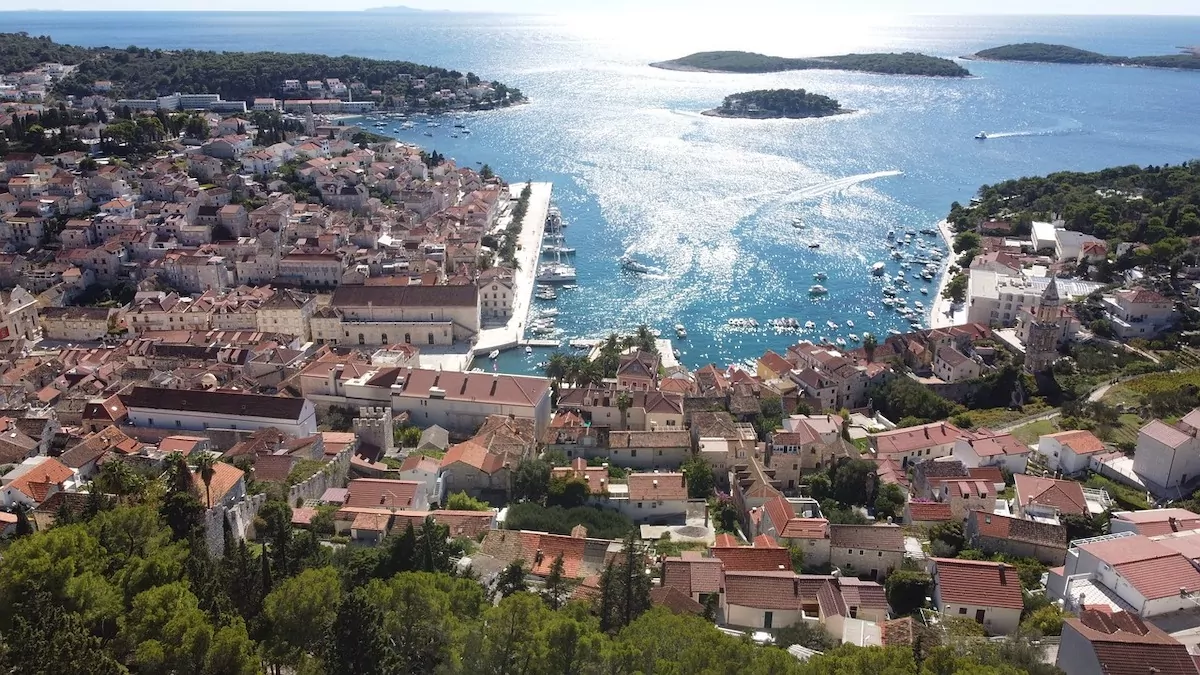






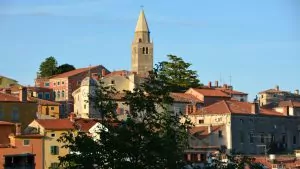
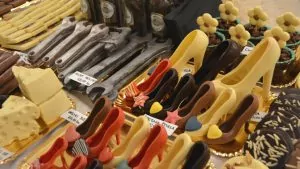
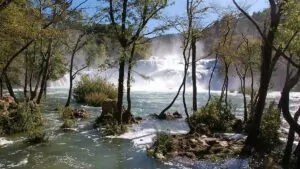
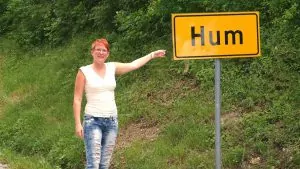
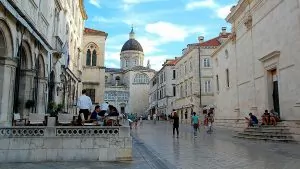
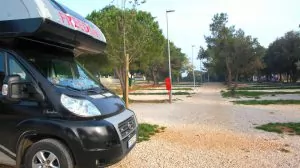
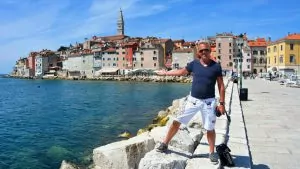
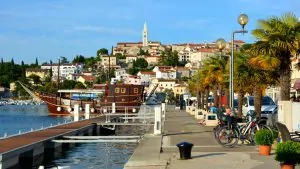
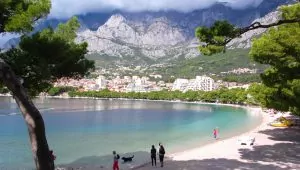
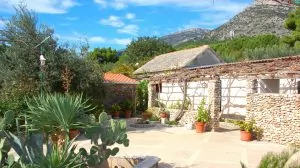
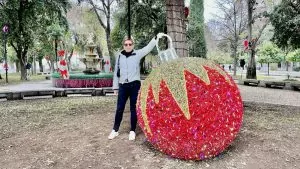
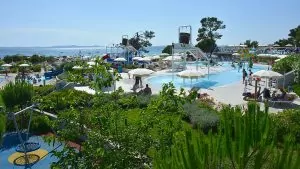
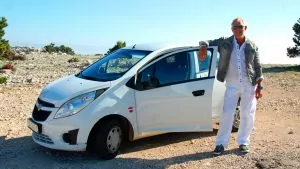
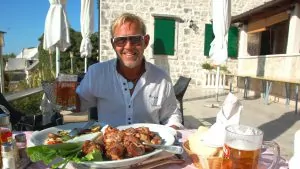
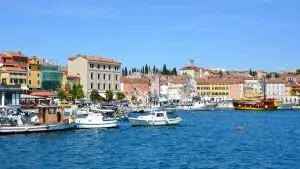
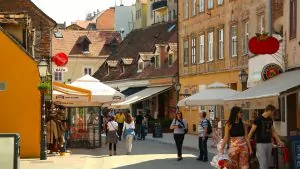
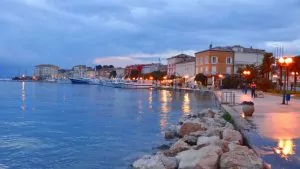
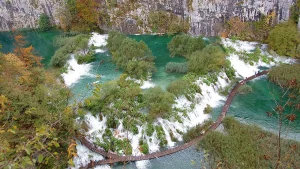

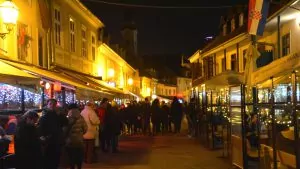
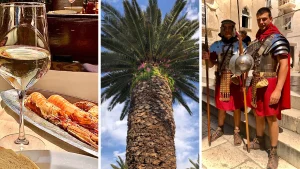
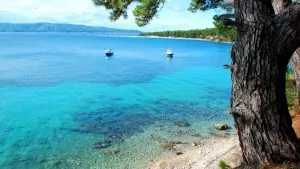
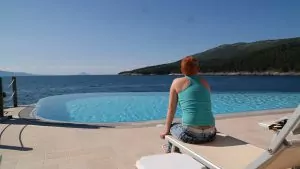

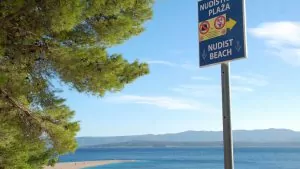

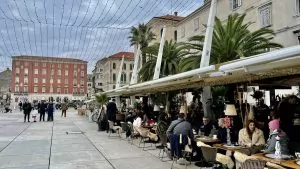
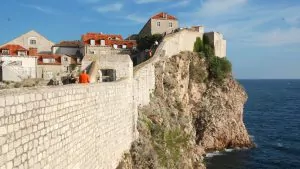
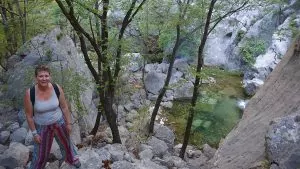
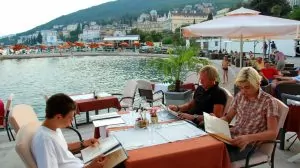
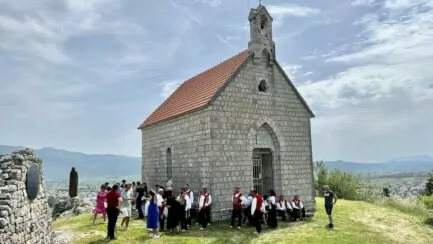
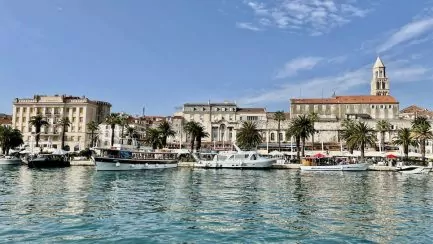
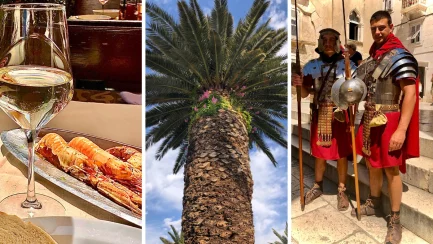
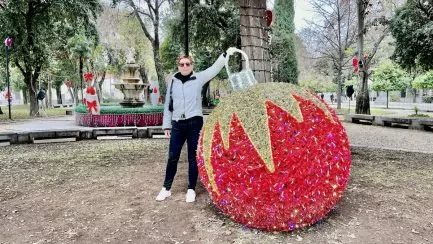



Åsa says:
It sounds crazy that medicine prescribed in one country can only be dispensed in the neighbouring country! And what a coincidence that you met an old acquaintance! I really hope the medicine helps even if it wasn't the kind you wanted!
22 September 2015 - 20:59
admin says:
Åsa, yes it was a bit weird... It's probably because I asked for a medicine that simply isn't available in Croatia. The doctor was nice and checked carefully and managed to find that it was available in Bosnia... She tried to help as best she could, I guess....
22 September 2015 - 21:04
BP says:
No luck with the medication. I really feel sorry for you. Why don't you ask someone in Sweden to visit your doctor and get "your" medicine prescribed and send it to you by post. Just an idea, but you need it NOW. Poor thing!
It's a small world - nice to meet an old friend in Hvar on Hvar. What a coincidence.
By the way, good that you refresh my memory about Hvar, thanks:-)
22 September 2015 - 21:17
Fantasy travel says:
Tough with migraines, been there... But Hvar is all the more fun! Was there last summer and liked it very much (despite the tourists)!
23 September 2015 - 0:32
Mr Steve says:
Collecting the medication in another country was certainly a new variant, but there is a reason for this arrangement as well as the restrictions on codeine.
I really hope that your migraines go away, with or without medication.
It's cool to hear someone call your name when you're far away from home.
23 September 2015 - 6:26
admin says:
BP, thank you for your thoughtfulness and tips! I have had such thoughts too, but it feels like it is associated with a little too many complicating elements 😉 We have tried to fix it all yesterday, I will write soon! And yes, the world is indeed small! This is actually the second time happens during the trip (last time was in Calvi, Corsica).
Fantasiresor, glad you've been to Hvar! We also like both the town and the island!
Steve, when it comes to "obtaining in another country", it's more likely that they don't normally prescribe this medicine at all. Codeine is addictive so there are usually restrictions, but in most countries this means a doctor's visit and a prescription is required. Not being able to get it at all is unusual! Thank you for your concern!
23 September 2015 - 7:38
Mr Lars Permelin says:
Blue sky and blue clear water, what more can you ask for. Probably a completely different life there than here at home where many just work and struggle.
23 September 2015 - 10:25
Ama de casa says:
Sometimes the world is small anyway 🙂
Glad you got some medication anyway - hope it helped!
23 September 2015 - 12:49
Ditte says:
How nice to see a familiar face! And I'm glad your migraine got a little easier to deal with.
I know that this medication can be tricky and I have experience with it, so I always bring plenty of the ones I got at home and have picked up in advance. Every country has its own regulations ...
Hope the migraine doesn't want to come back. Nice pictures from a nice area!
23 September 2015 - 15:54
admin says:
Lars Permelin, a wonderful environment to be in!
Ama de casa, as you realised later, they didn't...
Ditte, I tried taking a year's worth of medication with me, but it wasn't easy to get that much prescribed (or picked up at the pharmacy, for that matter!)... Then there are restrictions on how much and for how long you can take such medication abroad. So it was not easy. The ones I took with me lasted ten months out of twelve... 😉.
23 September 2015 - 17:18
Maria that from an interior design point of view says:
YES THANK YOU 🙂 I have wanted to go there for a long time and NOW I intend to do it after your post thank you.
LOVE M
23 September 2015 - 19:47
GreenGuy says:
Grass.
It cures all pain.
01 April 2019 - 19:30